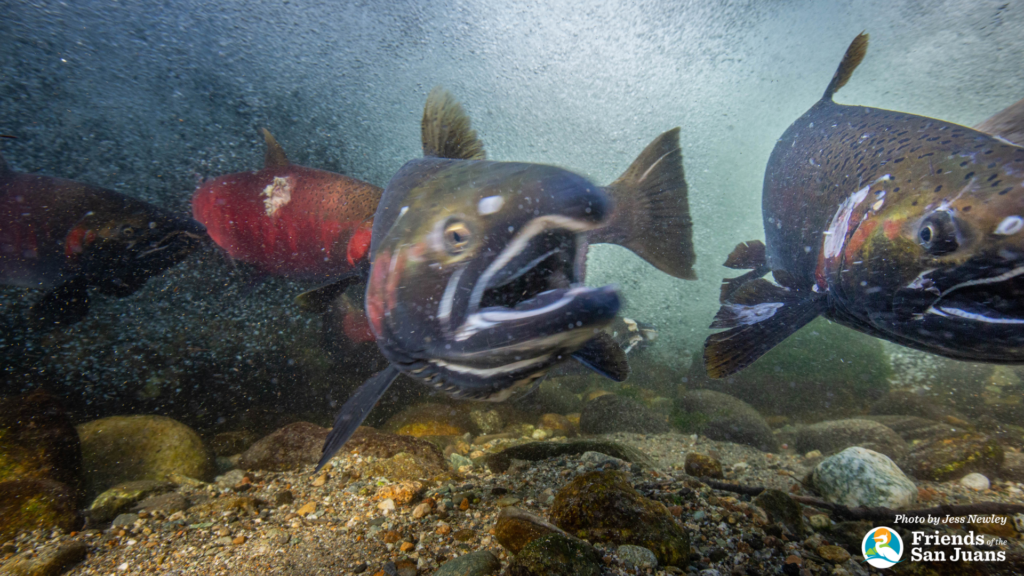
For the ultimate immersive experience, we recommend using virtual reality headsets to view the video, like the Oculus Quest units that students use in the classroom. The next best option is an inexpensive cardboard viewer you can use at home, like Google cardboard headsets that use your smart phone to transform the 360˚ YouTube video into a virtual reality video. If you don’t have access to a headset, though, just open up the link on your smart phone and use the YouTube app to view it from there. Don’t forget to move your phone around while you watch!

This flexible program offers a 3-5 day curriculum package that can include:
- A field trip to a nearby beach for forage fish sampling (with Covid safety protocols in place);
- Presentations on our marine food web and its connection to healthy shorelines;
- A primer on virtual reality technology and a VR classroom experience with our virtual reality film by Friends Marine Science Coordinator Jess Newley; and
- An action day where students are given tools for civic engagement and local stewardship projects.
We look forward to expanding this program to the broader Salish Sea region next year.
If you are a teacher or know of a student group or club that may be interested in the Immersive VR Education Program, please email Jess at [email protected].
Friends of the San Juans thanks the Keta Legacy Foundation and the Wheeler Foundation for their support of this program and all those who helped us launch it through the Give Big event last Spring!
